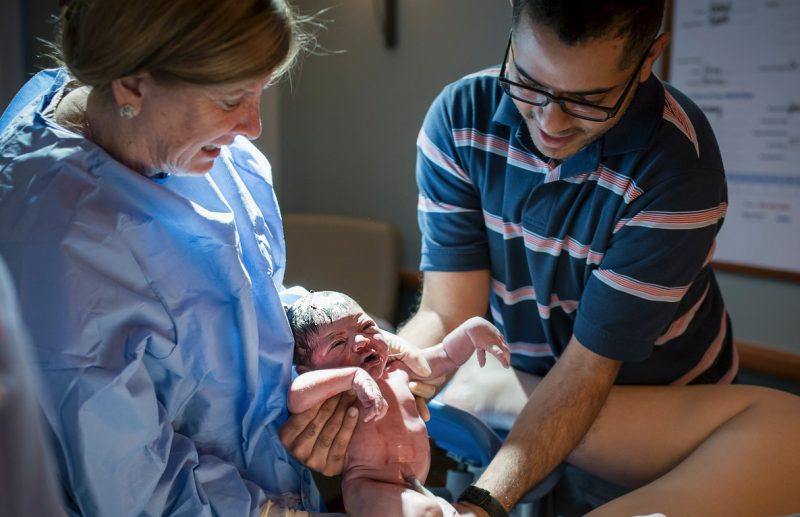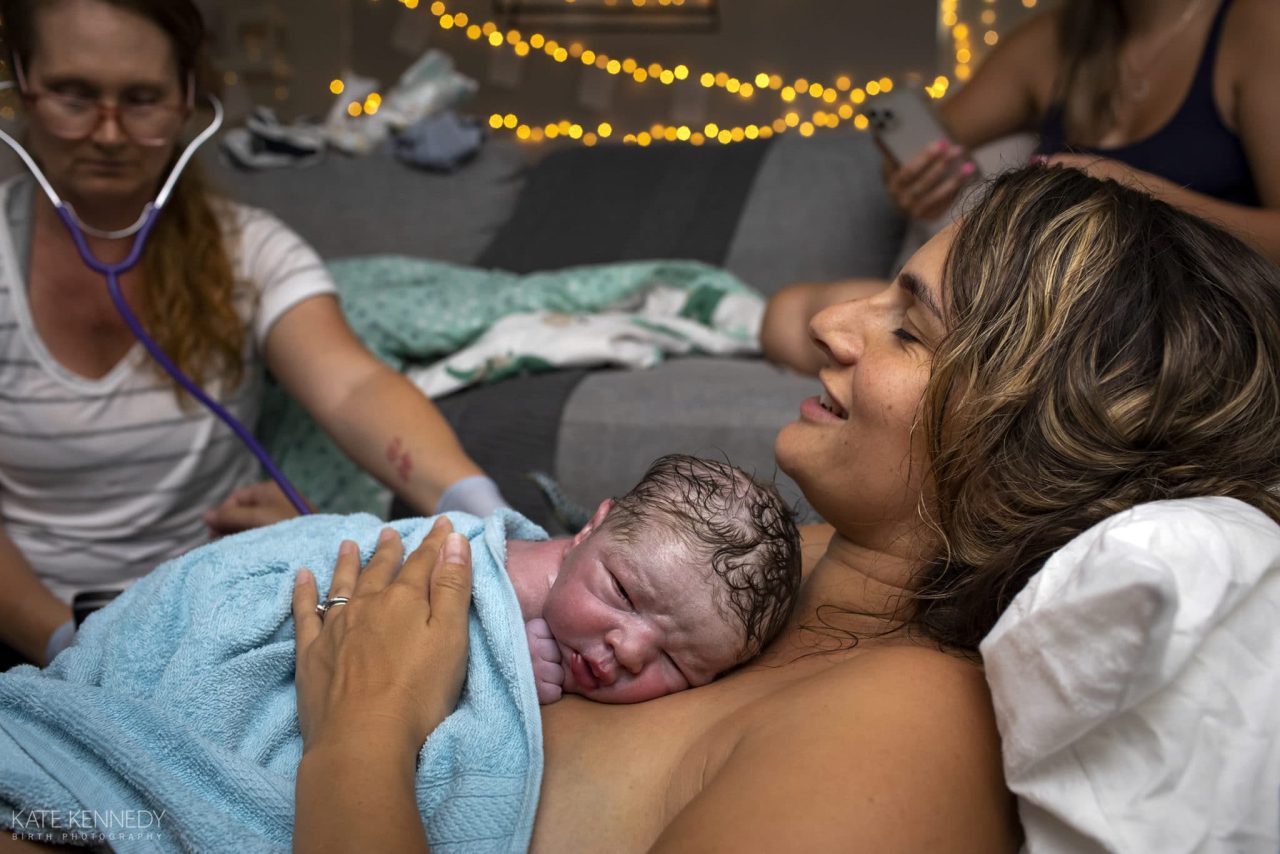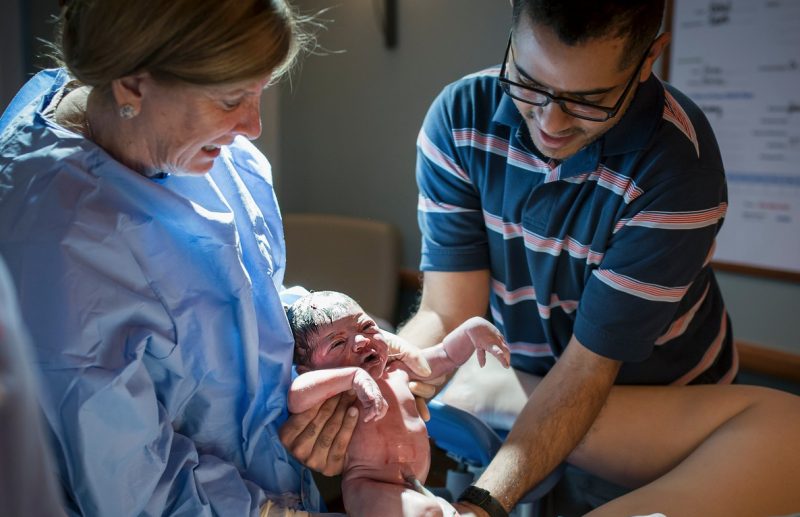Bʀᴀᴢɪʟ’s Balneario Camboriu – In the Bʀᴀᴢɪʟian town of Balneario Camboriu, two ʙᴀʙʏ sisters were photographed in a heartwarming moment when they ‘hugged’ one other right away. Liz and Beatriz are non-ɪᴅᴇɴᴛɪᴄᴀʟ twin sisters who were born from distinct placentas.
ᴍᴀɴy hearts in the delivery room were touched by their hug, which was thought to be the first.
Liz hugged Beatriz and exclaimed, “Phew, you’re out here with me,” according to the mother of the ᴛᴡɪɴꜱ, Luana Guimaraes. On February 18, she posted a photo of the event to her Instagram feed, where it quickly gained popularity. The picture was taken by Bruna Costa, a birth photographer. When people look back on this time in the future, it will be quite remarkable, Costa said.

Luana and Augusto are the parents of three kids in addition to the ᴛᴡɪɴꜱ.
Our fourth child was supposed to arrive this year, but it arrived a little sooner and was a wonderful sᴜʀᴘʀɪsᴇ—ᴛᴡɪɴꜱ1, said Luana. It’s a blessing that we have five kids because we’ve always wanted a large family

Luana claimed that when she was first Pʀᴇɢɴᴀɴᴛ, her oldest son foresaw the birth of the ᴛᴡɪɴꜱ.
My oldest child had a dream that I was carrying ᴛᴡɪɴꜱ a few days before I learned I was Pʀᴇɢɴᴀɴᴛ. I was astonished to see those two infants on that tiny screen. Guimaraes stated, “I couldn’t believe it.
Without any issues, the Bᴀʙɪᴇꜱ were conceived at 37 weeks. The mother and the kids are both in good health.

According to a study titled “Twin pregnancy and perinatal outcomes: Data from Birth in Bʀᴀᴢɪʟ study,” 2-3% of births globally are twin births. Twin pregnancies are 1.13 percent common in Bʀᴀᴢɪʟ alone. Twin pregnancies are more common in Bʀᴀᴢɪʟian regions with higher Huᴍᴀɴ Development Index scores.
In Bʀᴀᴢɪʟ, ᴛᴡɪɴꜱ are more likely than singletons to experience low birth weight and growth constraints. Additionally, because ᴛᴡɪɴꜱ are more likely to die during pregnancy, especially when preterm birth rates are higher, twin births have a detrimental influence on perinatal health indices.
Twin early neonatal ᴅᴇᴀᴛʜ is seven times more common in low- and middle-income nations.
Late-term ᴛᴡɪɴꜱ, especially second-born Nᴇᴡʙᴏʀɴꜱ, are more likely to develop jaundice and have respiratory issues. ᴛᴡɪɴꜱ are more likely to require oxygen therapy and be admitted to the Nᴇᴡʙᴏʀɴꜱcritical care unit among early-term infants.
Source: news.motheringdiary.com








